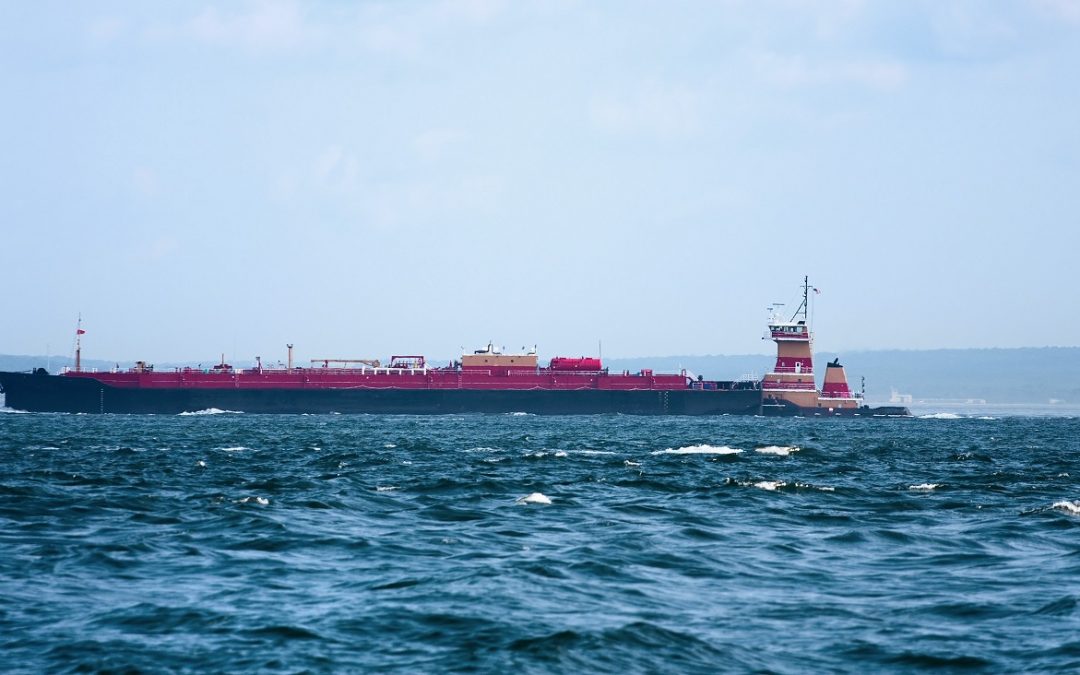Middle East diesel exports to Europe are climbing again after hitting an eight-month low in July as reduced stockpiles, refinery maintenance, and a seasonal upturn in demand during winter are expected to require more supplies in Europe, as Russia remains off-limits because of the war in Ukraine, ship tracking and analyst comments are signaling.
Shipments in August climbed to 420,000 b/d from 353,000 b/d in July, with Saudi Arabia remaining the dominant supplier, according to S&P Global Commodities Sea data. Refinery maintenance in Europe typically in October may add to the demand, analysts said.
Diesel and gasoil exports from the Middle East to Europe are expected to average 598,000 b/d in the fourth quarter of 2023, compared with 557,000 b/d in the third quarter and 485,000 b/d in the second quarter, according to an S&P Global forecast.
“Middle East diesel exports to Europe are doing what we expected — they had to increase as Europe fundamentally needs them,” Hedi Grati, head of Europe/CIS refining research at S&P Global Commodity Insights, said. “I would expect these flows from the Middle East to increase further as we head into winter, and Europe’s net deficit grows seasonally, especially with refinery maintenance peaking in October.”
Rising diesel prices in Europe will likely attract more barrels to the region, according to sources. There has been a buildup of diesel in the Red Sea from the Middle East which is expected to be headed for Europe, they said.
Platts assessed the ICE low sulfur gasoil front-month futures contract at $1,009.50/mt on Sept. 11, the highest since Jan. 23, and expired at $999.25/mt on Sept. 12.
“Europe is heading into winter without Russian diesel for the first time, plus with a heavy refinery maintenance season, run rates are capped in Europe,” a Middle East-based market source said. He also expects more barrels from the Middle East to be headed toward Europe this winter.
Diesel and gasoil stocks in the Amsterdam-Rotterdam-Antwerp refining hub hit an eight-month low of 1.857 million mt as of Aug. 31, falling for the fourth consecutive week before rebounding to 1.921 million b/d as of Sept. 7, according to Insights Global data.
“There is a drier feeling in Europe,” the market source said. “It is a weird situation because demand is weak but there is an extreme expectation of tightness. There are no stocks and so every small issue becomes highly significant.”
China’s slow economic growth coupled with its 95-million-barrel export quota for clean oil products will add supply to the Asian market, keeping Middle Eastern exporters looking more to the West than to the East, sources said.
Moreover, Oman’s Duqm refinery, which started test runs at its crude distillation unit in April, is set to export a diesel cargo in September, according to market sources. Europe will likely get some supplies as the refinery ramps up; a 35,000-mt cargo of diesel is expected to load in mid-September for delivery to a port in East Africa with a charterer’s option to discharge in South Africa, according to shipping sources.
European cracks have shot up, breaching $30/b and even hitting $40/b, and backwardation in the ICE gasoil futures from October into November and December has steepened “to exceptionally high numbers as stocks remain stubbornly low and demand relatively resilient despite some of the economic news,” Grati said.
The Middle East had been expected to be a key source of new oil product supplies to Europe to replace Russian products placed under embargo by the EU on Feb. 5 in the wake of Russia’s invasion of Ukraine.
The Middle East has new refineries including Kuwait’s 615,000 b/d Al Zour refinery, Iraq’s 140,000 b/d Kerbala refinery, and Oman’s 230,000 b/d Duqm refinery. Diesel shipments from Duqm, which began test runs at its CDU in April, are set to start diesel exports in September, though headed to Africa, shipping sources said
Source: Hellenic Shipping News






